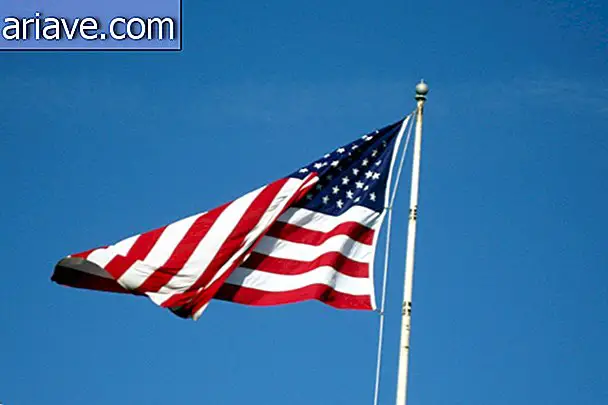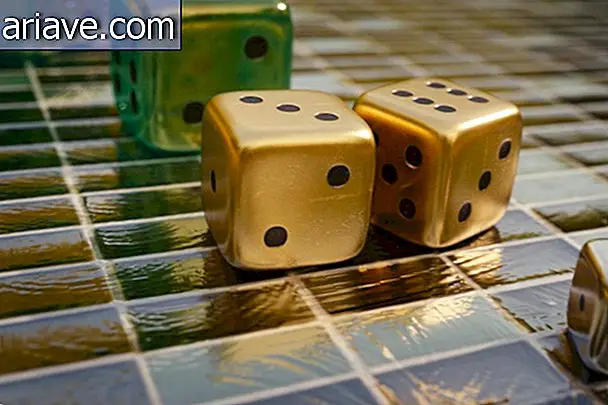Student designs perfect microbots for space exploration
Space exploration can receive two weight boosters even though they are lighter than feather. PhD student Palak Bhushan designed, under the supervision of Professor Claire Tomlin, two microbots that were modeled after biological insect movements. The University of California Berkeley student told Space that she aimed to "bridge the gap" between mechanical and biological systems.
The two tiny robots are really very small. One of them, the "jumper", weighs 75 milligrams, and the "flying" is even lighter, less than 1 milligram. Small and lightweight, robots become cheap and easy to carry; more than that, they are able to land and explore hard-to-reach terrain such as planets, asteroids and comets. "One of the very good applications we see is for exploration, especially in the context of interplanetary exploration. In this, the microbots make a lot of sense, " said the student.

Jumping robot in action. (Source: Palak Bhushan; Claire Tomlin)
Bhushan explained that small robots designed by her can theoretically land where larger equipment cannot. If NASA ships a fleet of 10, 000 of them, for example, the gain will be huge even if 1, 000 drops or is "injured" during landing. Also, because it is such a light and small equipment, the landing is much smoother.
Robots for different soils
The student also said that Titan would be the perfect place for the winging robot due to its dense atmosphere, allowing it to fly without wasting so much energy to get around. Already the jumping robot would be ideal for places like asteroids or even the moon, thanks to little or no gravity, which would also allow high jumps without requiring much energy.

The wings of the flying robot. (Source: Palak Bhushan; Claire Tomlin)
For Bhushan, on terrain like Mars where the atmosphere is thin, both robots can be useful for exploration. She suggests that "swarms" of robots can be created, but that they need a large vehicle that functions as a home base. Robots cannot carry a powerful antenna, so communication is limited, and support is needed to receive information, data, and even samples taken from outside expeditions.
There are even small robots already developed, but none of them are as compact as the one created by Bhushan. The jumper measures 17x6x14mm and can jump up to 8mm and 6 times per minute, always falling upright like a cat. Weighing 75 milligrams, it can even carry a power source; And, thinking of making it as light as possible, you can operate with a single simple motor.











